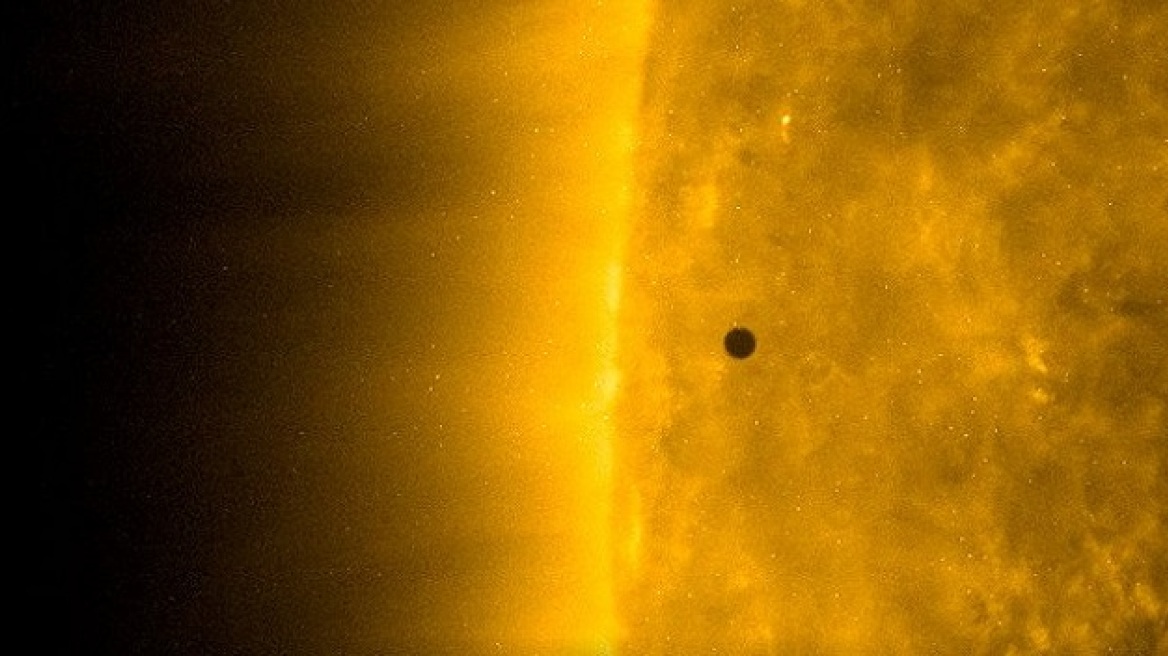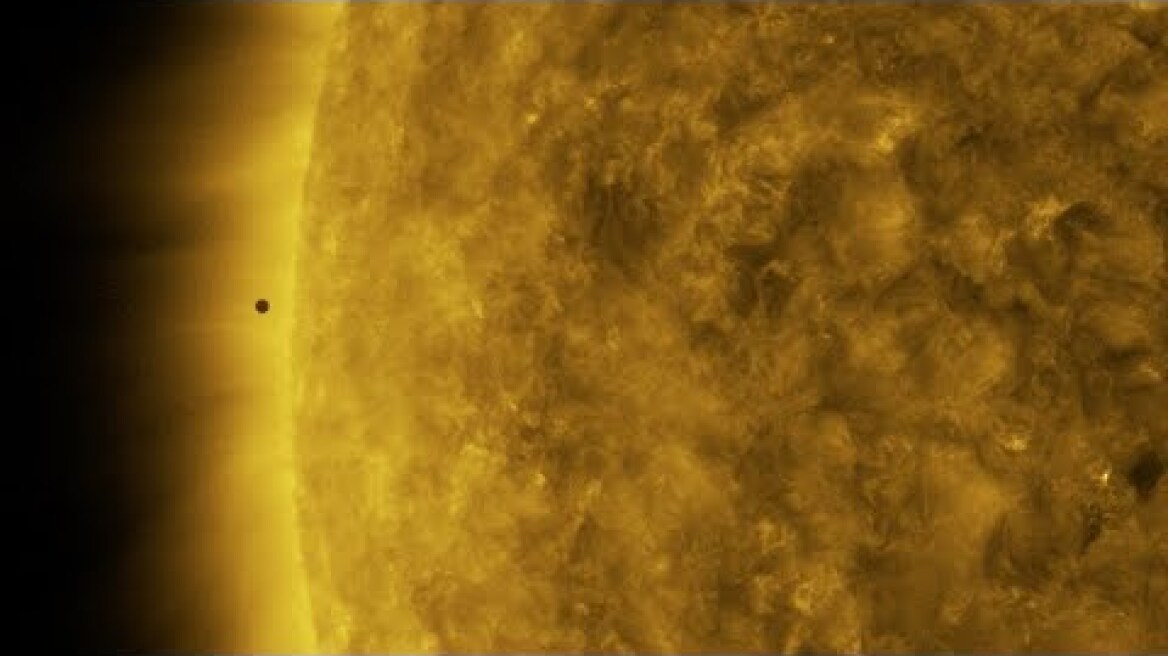
Ο διεθνώς καταξιωμένος σεφ και περιζήτητος δημιουργός εστιατορίων αποκρυπτογραφεί το πώς μια εμπειρία μένει στη μνήμη, αλλά και το πώς η ελληνική κουζίνα συγκινεί τα πλήθη σε κάθε γωνιά του κόσμου.

Our Solar Dynamics Observatory, in orbit around Earth, keeps a constant eye on the Sun to monitor and study the Sun’s changes, putting it in the front row for many eclipses and transits. Experience the Mercury transit through SDO's eyes. ⬇️ pic.twitter.com/AWA6AwL4Bl
— NASA Sun & Space (@NASASun) November 11, 2019
My kitten Shelby seemed to enjoy the #MercuryTransit pic.twitter.com/6c0WsPEgsZ
— Alexander (@alexanderwrob) November 11, 2019
That's all, folks! Mercury has left the disk of the Sun, completing the transit. The next Mercury transit is in 2032 — so in the meantime, you can read up on @NASAUniverse's TESS mission, which uses transits in other star systems to look for exoplanets! https://t.co/2NlnHKzBFn pic.twitter.com/zRLdYnHiaz
— NASA Sun & Space (@NASASun) November 11, 2019
